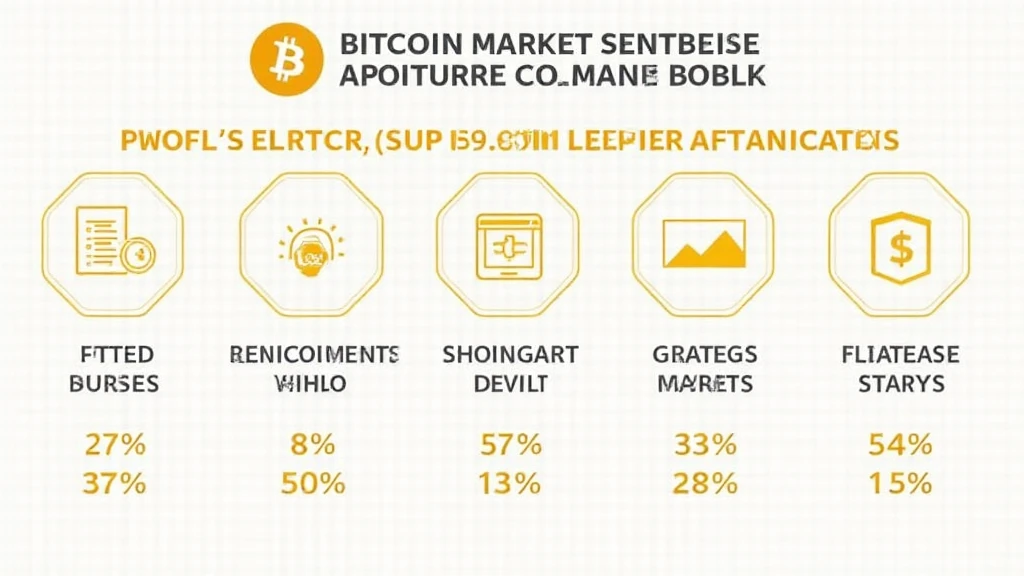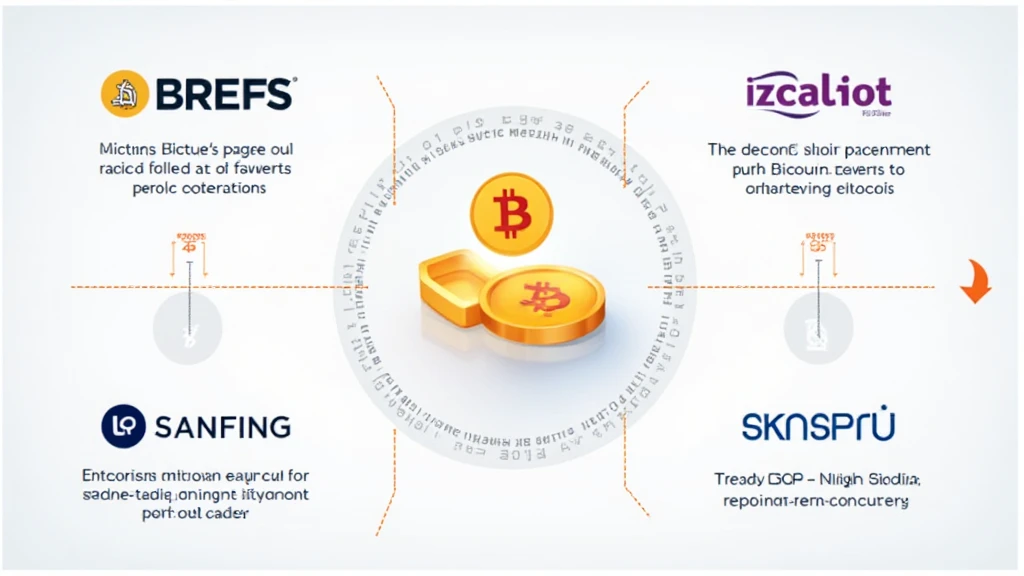Understanding Bitcoin Market Sentiment Indicators
In the ever-evolving world of cryptocurrencies, one might wonder: how do traders and investors gauge the mood of the market? With an estimated $4.1B lost to DeFi hacks in 2024, understanding market sentiment indicators has never been more crucial. This article delves into the key indicators of Bitcoin market sentiment, their significance, and how you can leverage them for better investment strategies.
What Are Market Sentiment Indicators?
Market sentiment indicators are tools that provide insight into the collective mood of the market participants. They help gauge whether the sentiment is bullish (optimistic) or bearish (pessimistic). By measuring market emotions, traders can make more informed decisions.
The Importance of Sentiment Analysis in Bitcoin Trading
Like navigating a ship in unpredictable waters, sentiment analysis acts as a compass for traders. Here are some reasons why market sentiment analysis is invaluable:

- Predicting Price Trends: Understanding whether investors are optimistic or pessimistic can help predict future price movements.
- Risk Management: By assessing market sentiment, traders can better manage their risk exposure in volatile conditions.
- Asset Valuation: Sentiment indicators can assist in determining whether an asset is undervalued or overvalued.
Key Bitcoin Market Sentiment Indicators
There are several types of sentiment indicators that traders often rely on:
1. Fear and Greed Index
The Fear and Greed Index is a popular tool that combines various factors to measure market sentiment. A higher score indicates greed, while a lower score indicates fear. This index can provide insights into when to buy or sell.
2. Social Media Sentiment Analysis
Platforms like Twitter and Reddit are hotbeds for crypto discussions. Analyzing the tone and volume of conversations can reveal shifting investor emotions. For example, a surge in positive tweets about Bitcoin could signal bullish sentiment.
3. On-chain Metrics
On-chain analysis involves examining blockchain data to gauge market sentiment. Key metrics include:
- Transaction Volume: An increase can indicate growing interest.
- Active Addresses: More active addresses can signify bullish sentiment.
4. Technical Indicators
Technical analysis often intersects with market sentiment. Indicators such as Moving Averages and Relative Strength Index (RSI) help traders understand potential market reversals and rallies.
5. Bitcoin Dominance
Bitcoin dominance measures Bitcoin’s market cap against the total cryptocurrency market cap. A declining dominance may suggest an increasing interest in altcoins, impacting trading strategies.
Case Study: Bitcoin Market Sentiment in Vietnam
With the rise in DeFi and NFTs, Vietnam has seen significant growth in cryptocurrency adoption. According to recent studies, the Vietnam user growth rate for cryptocurrencies stands at over 200% in 2025. Understanding the local market sentiment is crucial for traders focusing on the Vietnamese market.
Analyzing Vietnam’s social media sentiment reveals distinct trends: high engagement on platforms like Facebook indicates optimistic attitudes towards Bitcoin amidst local uncertainties.
Using Sentiment Indicators for Better Trading Decisions
Here’s how you can leverage sentiment indicators effectively:
- Combine Different Indicators: Relying on a single indicator can be misleading. Use a mix for broader insight.
- Stay Updated: Regularly track sentiment changes to adjust your trading strategies accordingly.
- Test Your Strategies: Backtest your trading strategies to see how sentiment indicators have influenced past price movements.
Common Pitfalls in Sentiment Analysis
While sentiment indicators are powerful tools, they are not foolproof. Traders must avoid common pitfalls:
- Overreaction: Don’t let temporary fluctuations cloud your judgment.
- Lack of Context: Always consider external factors like regulatory changes and macroeconomic environments.
Conclusion: Embracing Sentiment Indicators in Your Trading Strategy
Understanding Bitcoin market sentiment indicators is essential for navigating the unpredictable cryptocurrency landscape. By using these indicators wisely, you can make informed decisions that align with the prevailing market mood. As you step into the world of Bitcoin trading, remember that the right sentiment indicators can be the difference between profit and loss.
This knowledge won’t guarantee success, but it will certainly enhance your trading strategy. As always, consult local regulators as needed and remember that this is not financial advice.
For more insights about cryptocurrencies and market trends, visit mycryptodictionary.
This image illustrates key sentiment indicators that impact Bitcoin trading.





